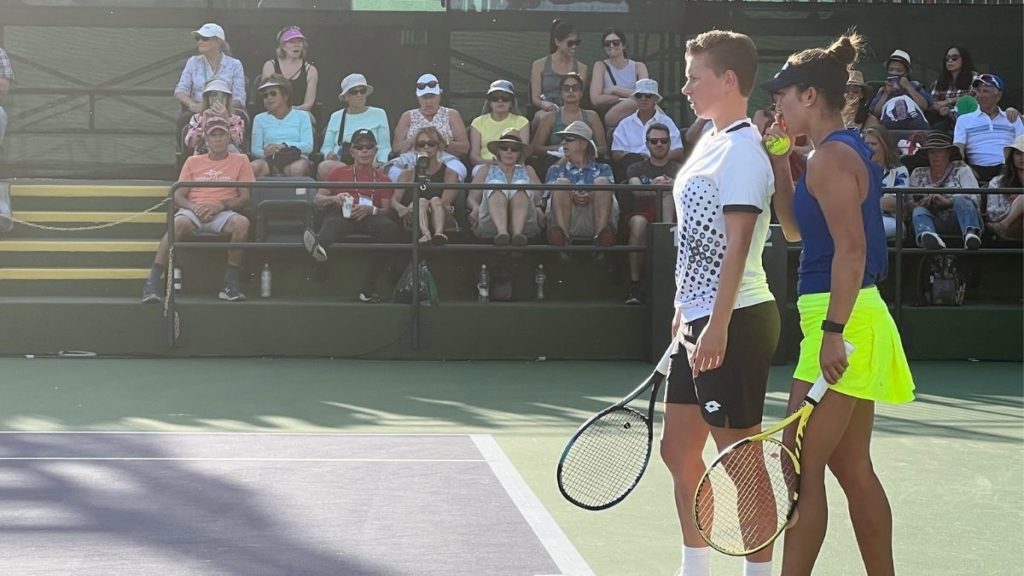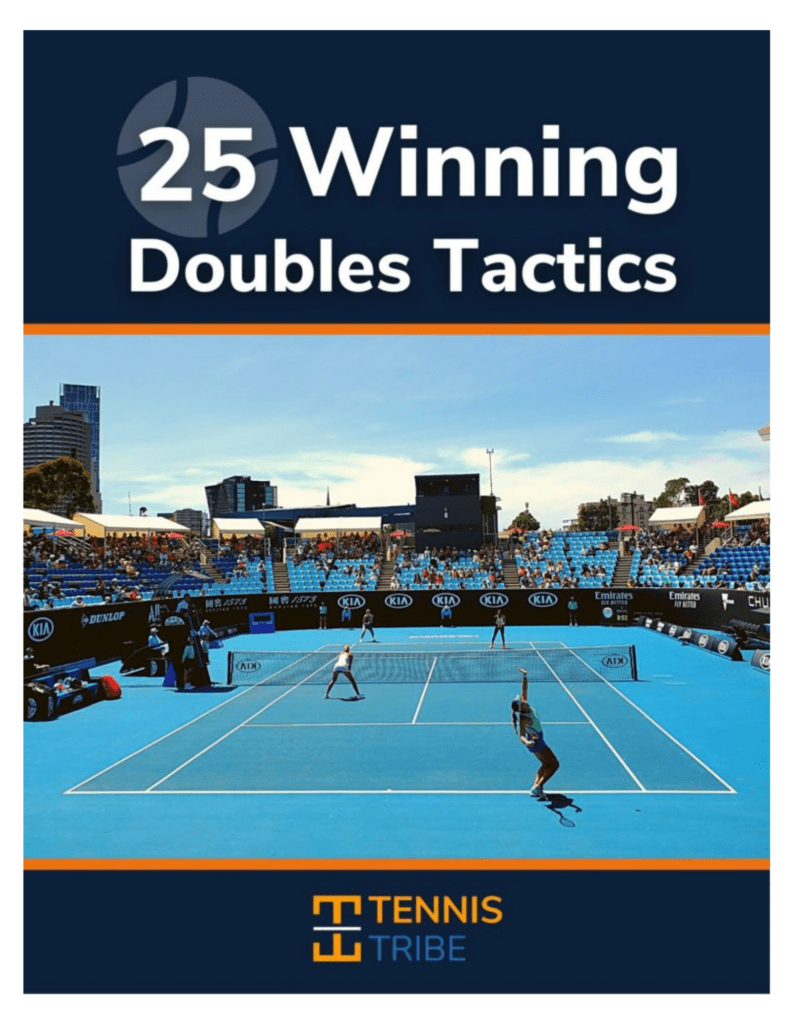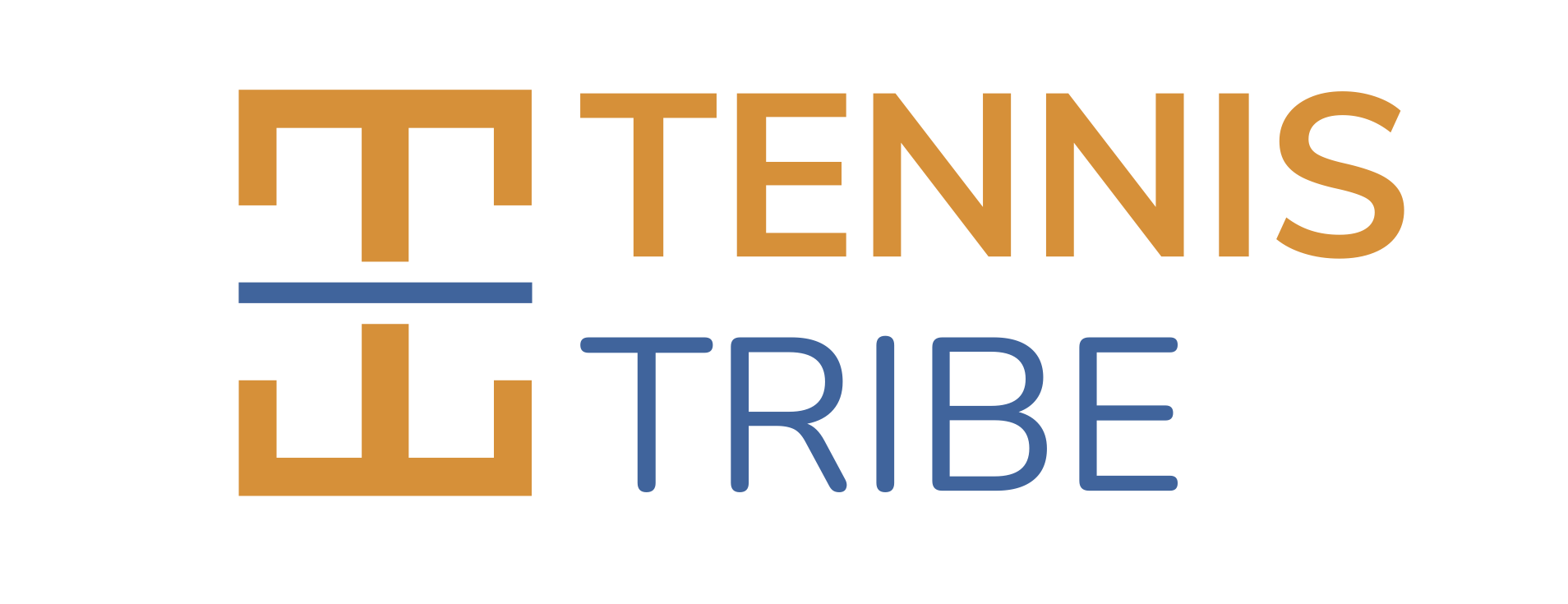Today we discuss the framework a 3.5 player can use to improve their game and become a 4.0 player. Still, the principles in this episode apply to anyone looking to improve their level.

Note: 3.5 & 4.0 are level-based ratings created by the United States Tennis Association.
- USTA describes a 3.5 player as: “This player has achieved stroke dependability with directional control on moderate shots, but still lacks depth, variety, and the ability to alter the distance of shots. The effective use of lobs, overheads, approach shots, and volleys is limited. This player is more comfortable at the net, has improved court awareness, and is developing teamwork in doubles.”
- They describe a 4.0 player as: “This player has dependable strokes with directional control and the ability to alter depth of shots on both forehand and backhand sides during moderately paced play. This player also has the ability to use lobs, overheads, approach shots, and volleys with success. This player occasionally forces errors when serving. Points may be lost due to impatience. Teamwork in doubles is evident.”
I have opinions on the differences based on my experience watching and playing at the 4.5 and 5.0 levels over the last 5+ years around the USTA Texas Section. The framework I go over in this episode comes from experience and learning from some of the best coaches and players in the world.

25 Winning Doubles Tactics Guaranteed to Help You Play Smarter
Ebook with 25 expert serve (7), return (5), net-play (5), baseline (4), & approach (4) tactics you can use in your next doubles match.
Show Notes from this Podcast
*To help support The Tennis Tribe & provide more free content like this, we may earn a percentage of purchases through the links below. See our affiliate page for more info.
Here are some of the things I mention in this podcast episode:
- Differences Between 3.5s and 4.0s
- Players at the 3.5 level tend to have more glaring weaknesses, specifically more 3.0 level backhands. Additionally, they miss too many returns and their serve is weaker and lacks direction, leading to double faults.
- A lack of net movement, court awareness, getting to the net, and poor teamwork combine to summarize their strategy deficits.
- Technique vs. Strategy
- Technique issues revolve around hitting better strokes, like the backhand or the serve, for 3.5s.
- Strategy issues revolve around shot selection, court positioning, and movement. Common issues are things like hitting too many down-the-line shots, taking low percentage shots, not standing close enough to the net, and missing too many first serves.
- Ways to Improve
- Work with a coach who hits lots of balls and uses video feedback.
- Use targets in the deep corners for serve practice and have a partner hit serves from the service line for return practice.
- Use rally drills and hand-fed points with your doubles partner to improve your baseline and approach game.
- Volley against a wall, do touch volleys with your partner, and make sure you’re using a continental grip.
- Understand the differences and timing for vertical and lateral movement at the net.
- Focus on consistency from the baseline, get to the net when possible, and study your opponent.
- Begin communicating serve direction and net movement with your partner.
- Consider different formations (Australian & I) and understand your partner’s strengths and weaknesses.
- Listen:
- Read:

Leave a Reply